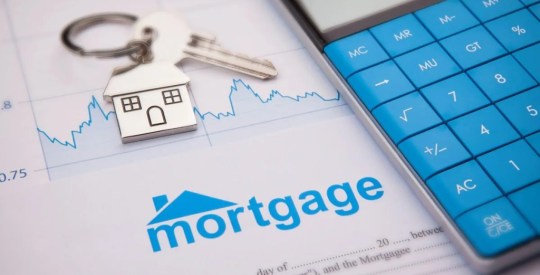One of the greatest advantages for homeowners is the opportunity to grow their home equity as their property value increases year over year, and potentially use that wealth to support themselves in retirement.
But one way homeowners can hedge property value risk is by using a reverse mortgage, according to a recent article written by Jack “The Mortgage Professor” Guttentag, professor of finance emeritus at the Wharton School of the University of Pennsylvania in the Huffington Post.
When it comes to the Home Equity Conversion Mortgage (HECM), the government assumes a home will appreciate by 4% a year, which is used in calculating the amount a senior can draw using the loan, Guttentag wrote.
“The individual taking out a HECM reverse mortgage today could experience 4% appreciation, but more likely the rate will be higher or lower,” he said. “The way the program is designed, the borrower is protected against the adverse consequences of a rate below 4%, and allowed to enjoy the benefit of a rate above 4%.”
This is how the program allows a homeowner to hedge his or her property value risk.
Guttentag creates a scenario for Jane Doe, age 65, who has a home worth $200,000 and wants to draw the maximum amount possible every month for as long as she lives in the house.
Relying on data provided by five lenders who share pricing information on Guttentag’s website, he then compares two “extreme” possible situations about the future value of Jane’s property.
In the first situation, Jane’s home does not appreciate in value and her home’s worth remains at $200,000. Her HECM debt, however, grows each month. Assuming the initial interest rate on her reverse mortgage continues, Guttentag estimates that her debt exceeds $200,000 in the 18th year of the loan, and if she lives to 90, she will owe about $335,000.
“Since there are no deficiency judgements against Jane or her estate, the loss is taken as a charge against the Government’s reserve account,” Guttentag writes. “In sum, Jane continues to receive the payment calculated on a 4% appreciation assumption, even though her house has not appreciated at all.”
In the second, alternative situation, if the home appreciates at a rate of 8%, then after 10 years Jane’s home will be worth about $432,00. At this point, she will owe about $96,000 on her HECM, according to Guttentag’s scenario.
“Her equity at this point is the difference of $336,000, which is more than when she took our her HECM, and she is now 10 years older with a shorter life expectancy,” he writes. “If she refinances after 10 years, which means paying off the balance on the first HECM, her new monthly payment is $1,024, or almost twice as much as the payment on her first HECM.”
“The refinance option allows Jane [the homeowner] to profit from the atypically high appreciation rate on her home,” Guttentag added.
Read the full article published by the Huffington Post.
Written by Alana Stramowski



